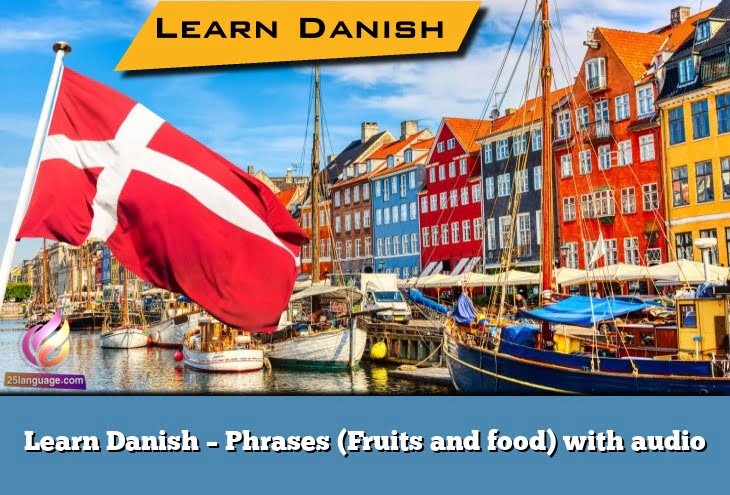Feelings in Danish
Learn Danish - Phrases (Feelings) with audio

Learning about feelings in Danish can be beneficial for several reasons. Here are a few:
- Cultural Understanding: Learning about emotions and how they are expressed in different cultures can deepen our understanding of those cultures. Denmark is known for its unique cultural values, and understanding how emotions are expressed in Danish can help us better understand and appreciate the Danish way of life.
- Communication: Being able to express your emotions in Danish can improve your communication skills if you are interacting with Danish speakers.
| to feel like / want to | |
| We feel like. / We want to. | |
| We don’t feel like. / We do’t want to. | |
| to be afraid | |
| I’m afraid. | |
| I am not afraid. | |
| to have time | |
| He has time. | |
| He has no time. | |
| to be bored | |
| She is bored. | |
| She is not bored. | |
| to be hungry | |
| Are you hungry? | |
| Aren’t you hungry? | |
| to be thirsty | |
| They are thirsty. | |
| They are not thirsty. | |



























